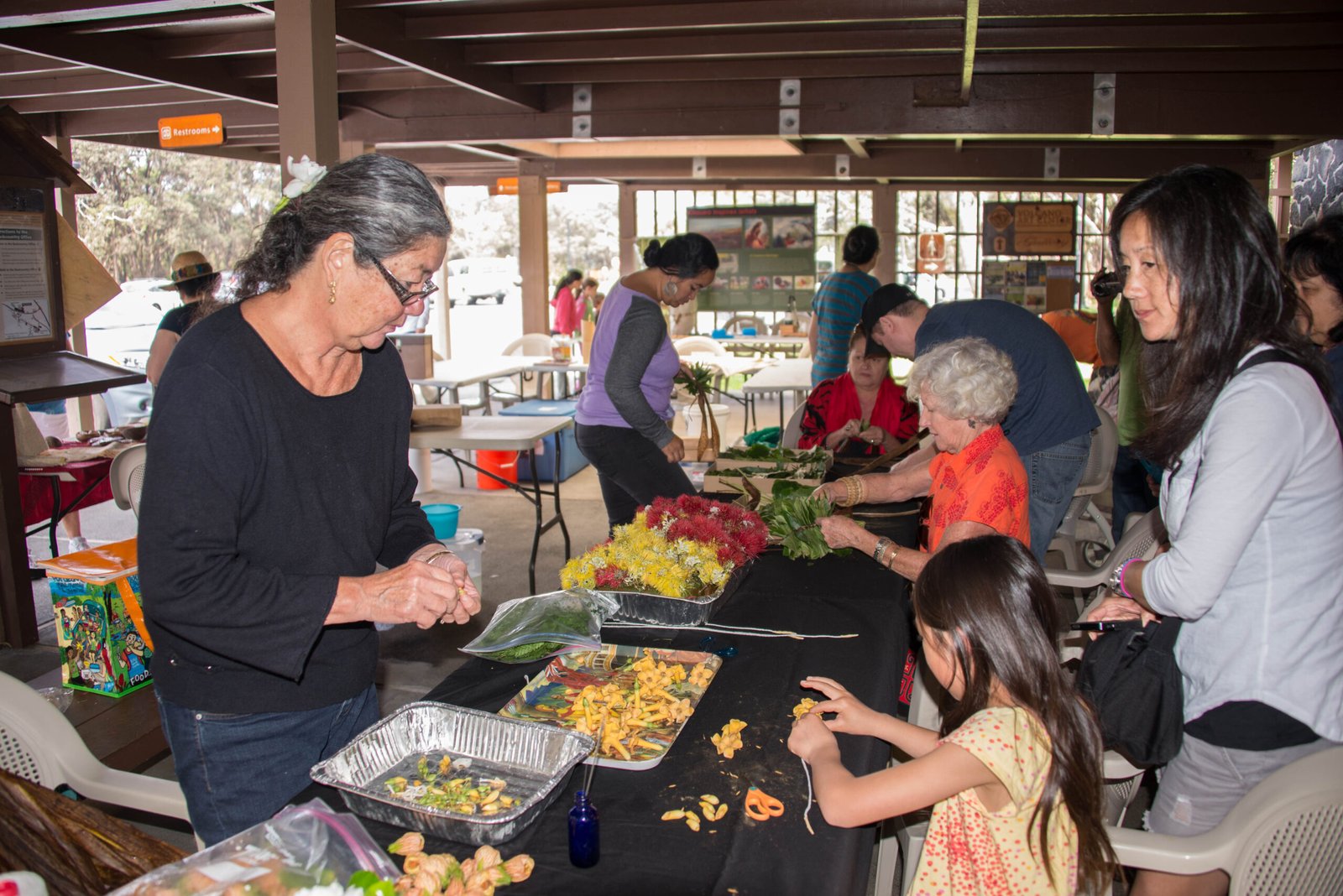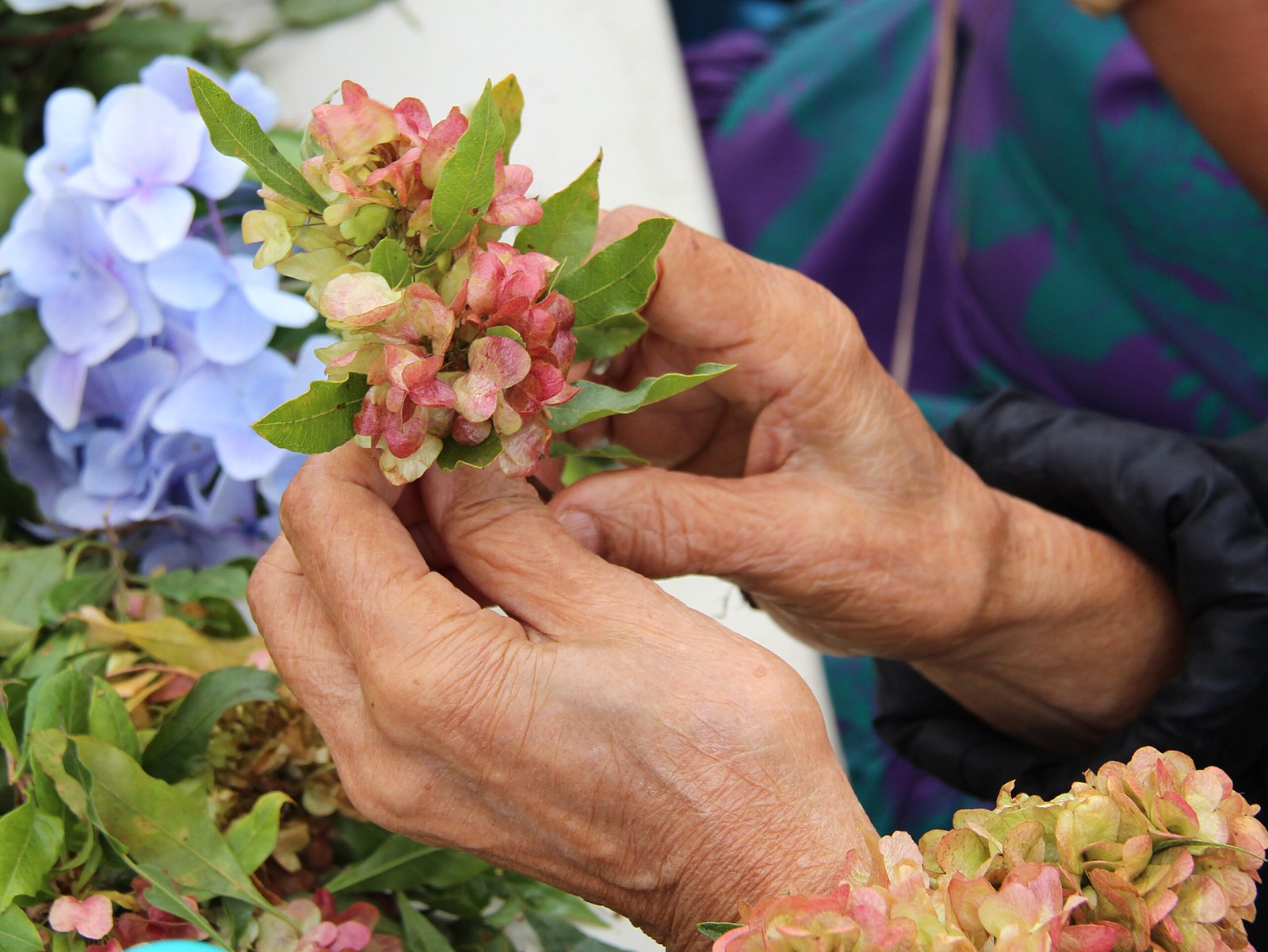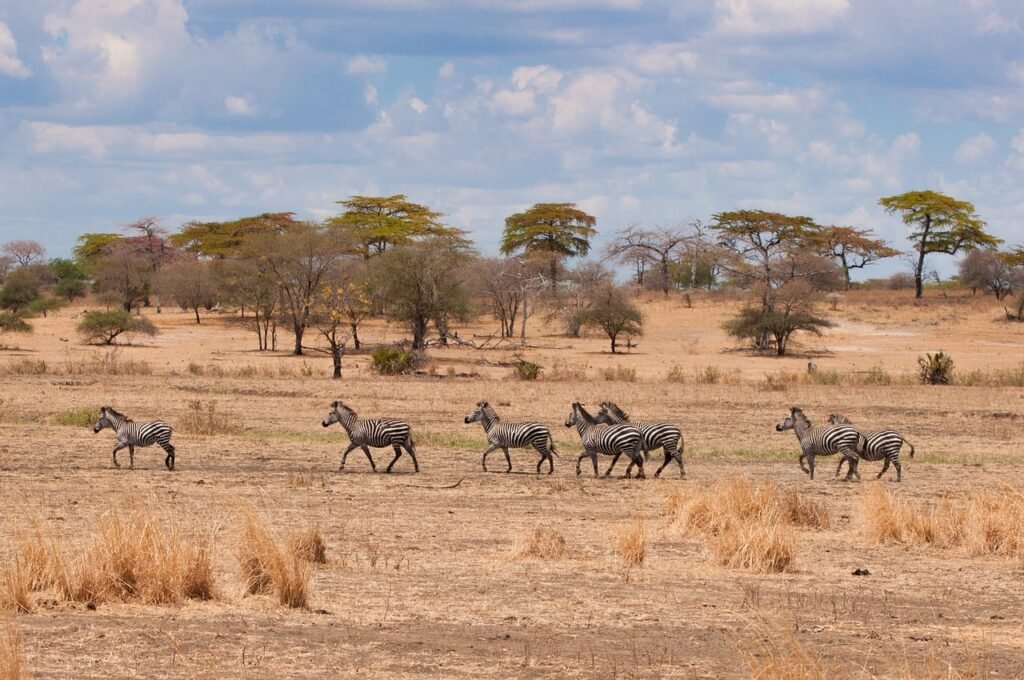Lei Day in Hawaiʻi is more than just a festival—it’s a vibrant tapestry of living tradition, scientific wonder, and heartfelt connection to the land. Imagine fragrant strands of pikake and vivid loops of ʻilima, each flower telling a story that stretches back centuries. On May 1st, the islands pulse with color and scent, as people celebrate through lei-making, music, hula, and shared joy. Yet beneath the surface beauty lies a fascinating world of botany, ecology, and cultural meaning. The science of Lei Day reveals not just what grows in Hawaiʻi, but why these plants matter, how they shape identity, and what they teach us about the delicate balance between people and nature.
Lei: More Than a Garland
A lei is never just a necklace of flowers. In Hawaiian culture, it symbolizes love, honor, and the act of giving. Each lei is a physical link between the giver, the receiver, and the landscape itself. Scientific studies of plant materials used in lei-making show how diverse and carefully chosen these species are. The tradition reflects a deep understanding of native flora, as well as the ecological relationships that sustain them. When someone creates or wears a lei, they participate in a ritual that celebrates both human connection and the natural world—an act that is at once botany and poetry.
Native Hawaiian Flora: A Unique Evolutionary Story
Hawaiʻi’s plants are like nowhere else on Earth. Isolated for millions of years, the islands became a living laboratory where plants evolved in stunning ways. Botanists estimate that over 90% of native flowering plants in Hawaiʻi are endemic—meaning they’re found nowhere else. Species like the ʻōhiʻa lehua and the maile vine have adapted to volcanic soils, intense sun, and wind. This extraordinary diversity is the result of evolutionary processes such as adaptive radiation, where a single ancestor gives rise to many new species. The plants chosen for lei are often those that have thrived in harmony with their environment, making every lei a celebration of survival and adaptation.
Lei Day: A Celebration Rooted in Nature
Lei Day began in 1927, inspired by the desire to honor Hawaiian culture and the art of lei-making. But this celebration is more than a cultural festival—it’s a living demonstration of ecological knowledge. Each island traditionally claims a flower or plant, such as the yellow ʻilima of Oʻahu or the red lehua of Hawaiʻi Island. These choices weren’t random; they reflect both botanical abundance and cultural significance. On Lei Day, the act of gathering, weaving, and sharing lei brings people into intimate contact with local plants and the environments in which they grow. It’s a moment when science, tradition, and joy intermingle.
The Science Behind Lei Construction

Making a lei is an art, but it’s also a science. Different plants require different techniques—some are strung, others braided or woven. The physical properties of each plant matter: the flexibility of maile vines, the durability of ti leaves, the fragrance of pikake blossoms. Ethnobotanists study these materials, cataloging the ways Hawaiians have learned to work with plant fibers, stems, and petals. The methods passed down through generations are examples of indigenous knowledge, blending trial and error with deep observation of plant behavior. By making lei, people practice a form of applied botany rooted in cultural tradition.
Symbolism and Spiritual Connections
Every plant in a lei carries meaning. In ancient Hawaiʻi, lei were used to mark important events—births, weddings, rites of passage. The maile lei, for example, was reserved for chiefs and special ceremonies, its sweet scent believed to attract blessings. The lehua flower, with its brilliant red hue, symbolizes strength and resilience. Modern science has begun to explore the psychological effects of these traditions: the scent of certain flowers can reduce stress, while tactile engagement with natural materials boosts well-being. The symbolism of lei ties closely to the spiritual and emotional health of the community.
Ecological Lessons from Lei-Making

Lei-making is a lesson in sustainability. Traditional gatherers take only what is needed, rotate harvesting locations, and avoid damaging rare plants. This practice is rooted in the Hawaiian concept of mālama ʻāina—caring for the land. Botanists warn that overharvesting or introducing invasive species can threaten native plants. Conservationists are working to protect key lei plants, such as the endangered native sandalwood. The science of ecology and the ethics of stewardship come together in the act of lei-making, teaching respect for natural cycles and the need for balance.
Endangered and Endemic Plants: Guardians of Heritage

Some of the most treasured lei plants are now among the rarest. The decline of native forests due to development, invasive species, and climate change endangers cultural practices as well as biodiversity. Plants like the kokiʻo keʻokeʻo (white hibiscus) and the rare lobelioids are now protected by law, and access is sometimes restricted to ensure survival. Scientists and cultural practitioners collaborate to propagate these species, blending conservation biology with traditional horticulture. Their work ensures that the botanical heritage of Hawaiʻi remains alive for future generations.
Lei and Modern Science: New Discoveries
Recent research is uncovering fascinating facts about the plants used in lei. For instance, scientists have studied the antimicrobial properties of ti leaves, which were traditionally used to wrap food and adorn the body. The pigments in lehua and ʻōhiʻa flowers are now being analyzed for their antioxidant potential. Genetic analysis helps botanists trace the origins of different plant varieties, revealing patterns of human migration and trade. By blending tradition with modern science, researchers are finding new reasons to value the plants that grace Lei Day.
Cultural Resilience Through Plant Knowledge

Despite challenges, the knowledge of lei plants remains resilient. Elders, educators, and community groups pass down the skills of plant identification, gathering, and crafting. Schoolchildren learn to recognize local species and their uses, connecting science lessons with cultural pride. Workshops and festivals encourage visitors to appreciate the depth of knowledge behind every lei. This blending of scientific education and cultural practice strengthens community bonds and fosters a sense of stewardship for the land.
The Future of Lei: Innovation and Adaptation

As Hawaiʻi faces environmental changes, the tradition of lei continues to evolve. Some lei-makers now use non-native or cultivated plants to reduce strain on wild populations. Others experiment with new designs or revive nearly-lost techniques. Scientists are partnering with cultural practitioners to restore native habitats and ensure that beloved lei plants thrive. Lei Day itself is adapting, with virtual celebrations and global participation. Through innovation and care, this tradition continues to inspire both respect for the past and hope for the future.
Reflections on Connection and Conservation

The story of Lei Day is a reminder that science and tradition are not opposites, but partners. Every lei is a bridge: between people, between generations, and between humanity and the natural world. In celebrating the plants of Hawaiʻi, we honor not just their beauty, but also the wisdom and care that sustain them. The next time you see or wear a lei, consider the intricate science, deep-rooted culture, and quiet resilience woven into every strand. How might we all learn from this harmony of celebration and stewardship?


